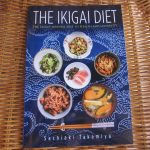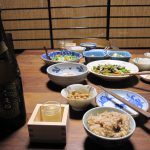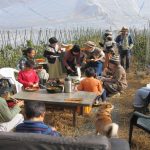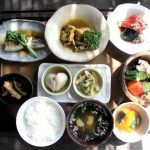The Ikigai Diet is the Satoyama Lifestyle Shizenha People Practice
The Ikigai Diet is a diet and a lifestyle I composed based on Shizenha people’s lifestyle. I also modeled the lifestyle of centenarians in Japan’s long-lived areas such as Shiga and Nagano. I also studied the elements of Washoku, including the Zen Shojin diet and practices in the Japanese natural food movement.
Natural Food Movements in Japan
Japan is considered to be the country with the highest life expectancy and it has a lot to do with our diet, Washoku. And when we talk about Washoku, it is usually about the exoteric side of Washoku, but there is an esoteric side to it, and without knowing about it, you are missing a significant portion of Japanese wellness.
Zen Centenarians and Shojin Diet
Whether you are talking about Ogimi village or any other Japanese blue zones, you are looking at people from the general public who happened to live long, they didn’t necessarily have the knowhow of longevity. When you study Japanese health and longevity, there is one element you need to include, that is the esoteric side of our culture seen in Japanese natural medicine or natural philosophy.
Six Reasons Why Washoku is Healthy
Six Reasons Why Washoku is Healthy. Washoku has been registered as a UNESCO Intangible Cultural Heritage of Humanity, for the following characteristics.
Diversity and freshness of ingredients, and respect for their inherent flavors.
An exceptionally well-balanced and healthy diet.
An expression of natural beauty and the changing seasons.
Close links with annual events.
One of them is being a well-balanced and healthy diet. In that case, what aspects of Washoku are well-balanced and healthy?
What Were the People in Short-Lived Villages Eating?
What were the people in short-lived villages eating, according to Dr. Shoji Kondo the author of Nihon No Chojumura Tanmeimura, Long-Lived Villages and Short-Lived Villages in Japan, who spent 36 years traveling around the island, between 1935 and 1971, visiting 990 villages and towns to investigate the diets of each place?








